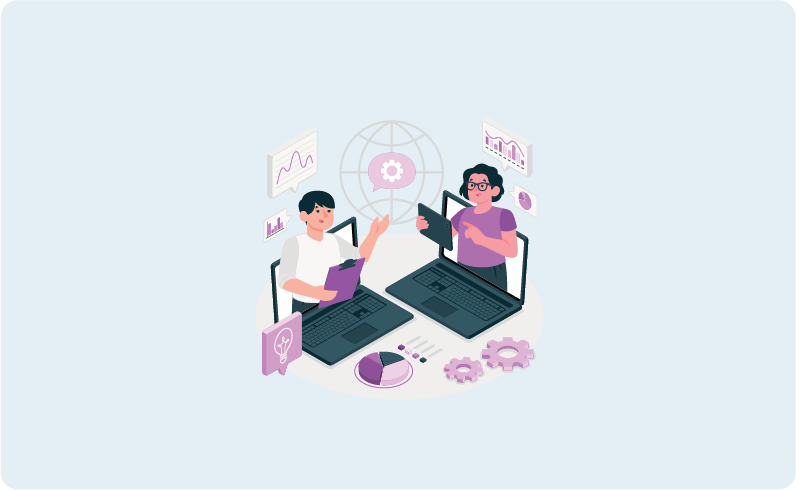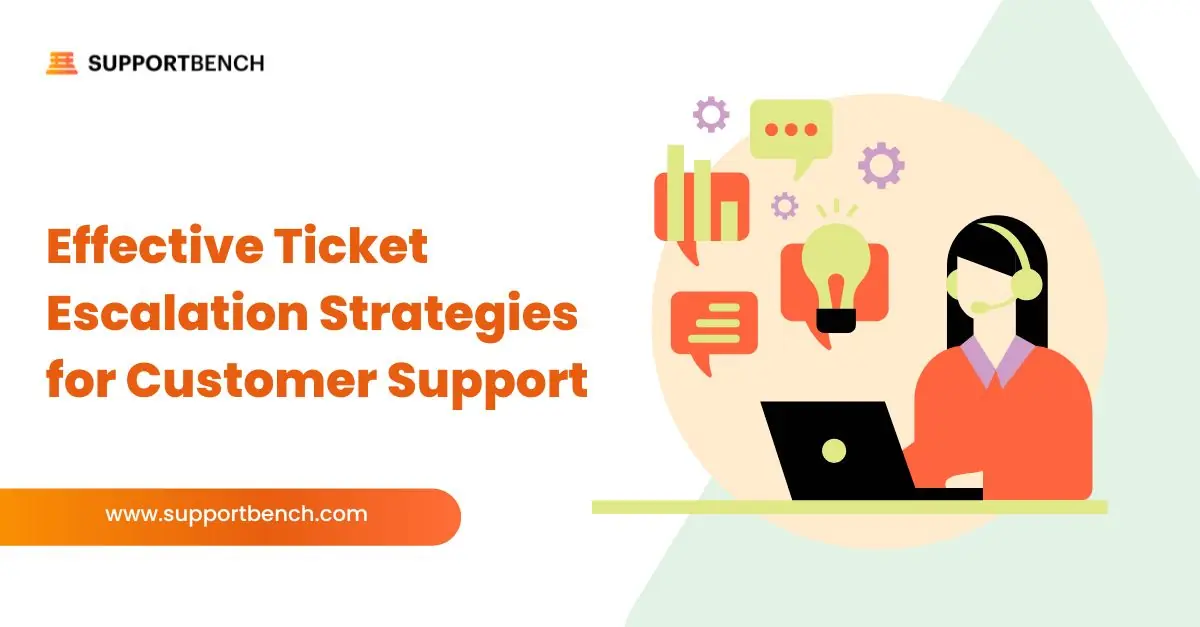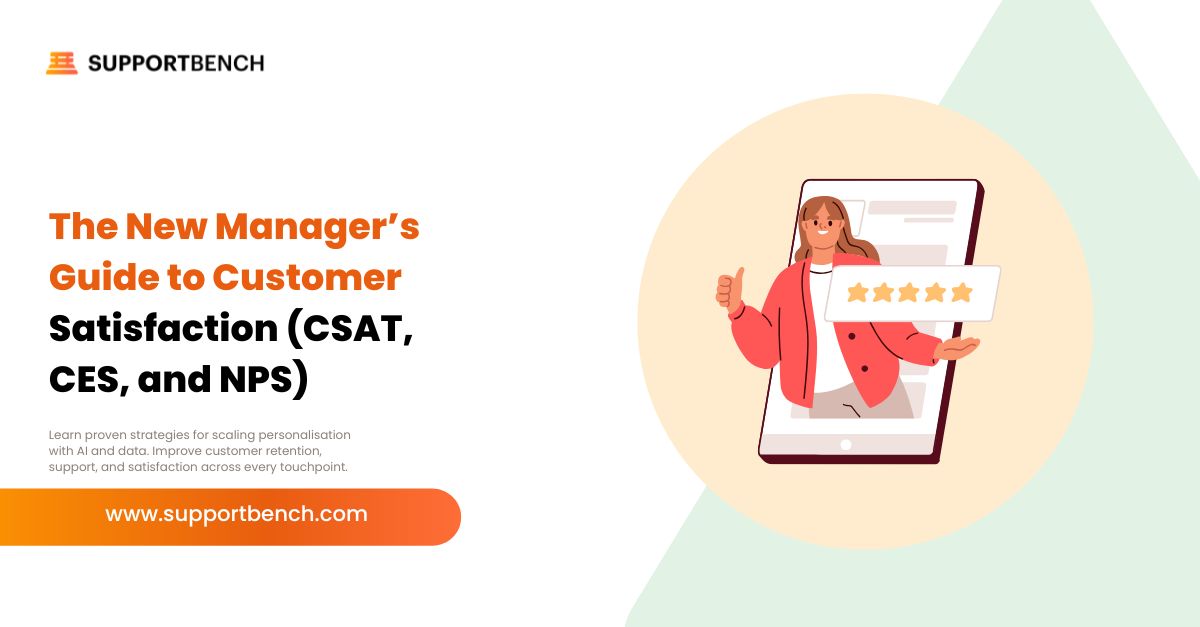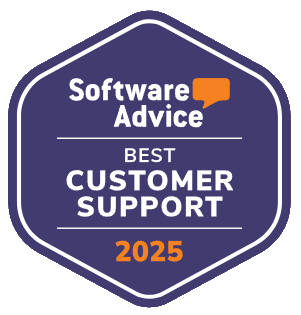The COVID-19 pandemic accelerated the pace of digital transformation across the globe. As remote work became the norm, organizations had to scramble to equip their teams with the tools required to operate seamlessly in a digital-first environment. According to a 2021 SaaS industry market report, US companies spent an average of $521 per employee on SaaS subscriptions that year. Furthermore, it was estimated that each employee used an average of eight SaaS applications. Astonishingly, larger corporations with over 1,000 employees juggled more than 200 applications.
However, 2022 witnessed a shift. As the economic downturn loomed, companies began to scrutinize their tech stacks more stringently. A SaaS buying trend report highlighted a decline in the pace of new SaaS purchases. The challenge was clear: how can organizations derive maximum value from their SaaS investments, especially when budgets are tight?
Let’s delve into some actionable strategies and emerging trends that support leaders can leverage to enhance their teams’ effectiveness:

1. Focus on Integration, Not Isolation
As the number of SaaS tools within an organization grows, so does the risk of data silos. These isolated pockets of information hinder a unified view of the customer journey, leading to inefficiencies and missed opportunities. Seamless integration ensures that information flows effortlessly between systems, enhancing productivity and data accuracy.
Try seeking out platforms that offer robust API capabilities and native integrations with other essential tools in your stack. Prioritize tools that emphasize inter-platform communication. This reduces manual data transfer, which can be both time-consuming and error-prone. An open API is invaluable as it offers flexibility in integrating disparate tools. This future-proofs your software stack, allowing for new tools to be integrated as your business needs evolve.
Newer Support platforms, like Supportbench, have intuitive API and Salesforce synchronization, that allow teams to effortlessly integrate data from multiple sources, ensuring a unified view of the customer journey. These systems go beyond being a mere tool, positioning themselves as an integral part of an organization’s ecosystem.
2. Embrace AI-Powered Insights
Manually sifting through vast data sets isn’t just time-consuming; it’s near-impossible to glean nuanced insights. AI offers a way out, transforming raw data into actionable intelligence, enhancing customer experience, and streamlining operations. Used correctly, AI can analyze vast amounts of data quickly, offering actionable insights that can enhance customer experience and streamline operations.
First and foremost, you need to be able to recognize areas where AI can add value. For instance, sentiment analysis can offer insights into customer mood, while intent detection can pre-emptively identify customer needs. Also, it’s important to keep in mind, AI isn’t static. You must continuously feed it new data to refine its accuracy and output.
Newer Support platforms with true AI-driven features provide a data-rich perspective, enabling support teams to understand customer sentiments and optimize interactions accordingly. In this way, you shift the paradigm from reactive to proactive customer support, thereby elevating the overall customer experience.
3. Prioritize Customizable Solutions
One size does not fit all! And the common generic solutions on the market now have been failing to cater to the unique challenges and nuances of individual organizations. Every organization is unique. Customizable platforms, allow businesses to tailor tools to their specific needs, ensuring maximum ROI.
Instead, opt for platforms that offer flexible dashboards, customizable portals, and role-based security. Remember that customization is an ongoing process. As business dynamics change, always revisit and refine your customizations to stay aligned with evolving objectives.
Newer platforms like Supportbench recognizes that no two enterprises are alike and offers the tools and flexibility to cater to each organization’s unique needs.
4. Strengthen Knowledge Management
Empowerment of an organisation is truly through information. And knowledge is most definitely power. Efficient knowledge management not only reduces resolution times but also empowers agents, leading to improved customer satisfaction.
It’s vital to invest in platforms that come with a comprehensive knowledge base system, allowing easy creation, updating, and dissemination of information. And of course, cultivate a knowledge sharing culture by encouraging team members to share insights, solutions, and best practices. Remember that your knowledge base isn’t a static repository. If you adopt the right tool, you will be continually updated with new solutions, FAQs, and insights. And this type of up-to-date information, reduces guesswork and deeply enhances customer interactions.
5. Enhance Customer Interaction with Chatbots
In a world of instant gratification, delays in customer service can be detrimental. Chatbots offer instant responses to customers, alleviating the load on human agents and providing immediate assistance thereby enhancing customer satisfaction.
Using the right tool, you can incorporate chatbots powered by advanced AI systems to handle FAQs and routine queries. It’s important to define the chatbot’s role and understand the scope of your chatbot. For example, will it handle routine queries, guide users through processes, or both? These are important questions. Also, you need to train your bot accurately. Feed your chatbot with a rich dataset, allowing it to understand and respond to a myriad of customer queries effectively.
Using a strong B2B system like Supportbench allows you to leverage ChatGPT, to offer you accurate and prompt responses, ensuring your customers receive timely assistance. Chatbots like these are on the cutting edge of customer interactions and experience. By providing accurate, timely, and contextually relevant responses, it ensures that customers always feel heard, valued, and assisted. And isn’t that the ideal outcome of premium support.
The Future of AI Support is Now
The future of SaaS, especially in the realm of customer support, lies not just in feature-rich platforms but in solutions that offer genuine value. Supportbench exemplifies this new age of SaaS – a tool that doesn’t merely tick boxes but transforms the way enterprises perceive and manage customer support.
Drawing from the pillars of seamless customer support management, data-driven optimization, and scalable infrastructure, Supportbench has carved a niche for itself. It recognizes that the heroes of tomorrow’s enterprises aren’t just those at the top but those on the front lines, managing customers day in and day out. With its comprehensive suite of features, Supportbench ensures that these heroes are equipped, empowered, and enabled.
In conclusion, the post-pandemic world demands more than just digitization. It calls for discernment in SaaS selection, a focus on value, and a commitment to continuous evolution. As support leaders navigate this complex landscape, tools like Supportbench stand out, not just as software solutions but as partners in transformation.















